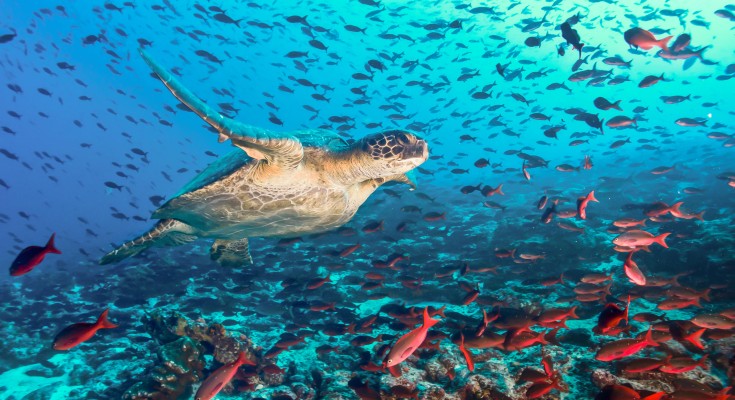What exactly is an Oacian? Who are these mysterious creatures? What distinguishing features do they have? What exactly do they appear to be? The good news is that this article covers all that you want to know about and more. After finishing this essay, any confusion you may have had with the oacion and its principles will be eradicated. At this point, the oceans have only been partially explored; scientists have only known around 5% of their total depth. It is teeming with life and many various kinds of organisms, some of which have yet to be found. Oacians are the ancestors of a group of creatures that are still around today.
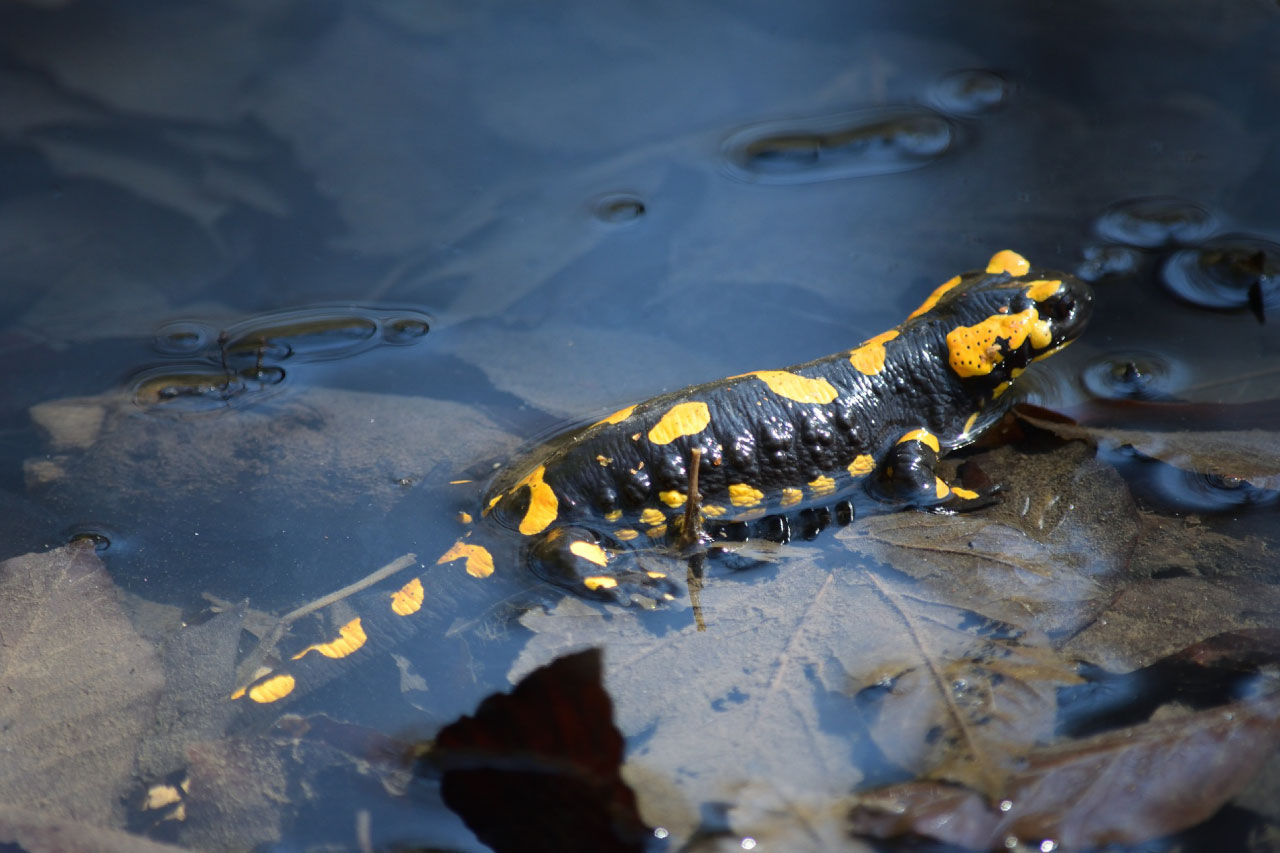
Contents
- 1 What are Oacians?
- 2 The history and evolution of Oacians
- 3 What kind of Oacians animals?
- 4 How many Oacians be known today?
- 5 What are the good qualities?
- 6 For what their soft, moist skin is for?
- 7 Effect of climate change on them
- 8 Who holds power over the Oacian species?
- 9 What is their natural environment?
- 10 What are the Oacian periods?
- 11 FAQS
- 12 Conclusion
What are Oacians?
Oacian is a type of animal that can exist in both aquatic and terrestrial environments. They are divided into two categories: those that live in water and those that live on land. On the other hand, they are better able to thrive on both surfaces, and they can live independently on either one. They have the ability to live on land as well as in the amphibian domain, and they can accomplish both of these things.
The term “amphibians” also refers to these animals, whose name literally means “double life.” They can move swiftly and without difficulty in either location. They have excellent communication skills both on land and while they are in the water. The animal has a mind similar to a human due to its commitment to its culture and Queen.
These are the types of creatures that are unwavering in their commitment and uncompromising in their standards. In this regard, when animals of this sort are not swimming using their tails, they are known as tail-less swimmers. These kinds of creatures are capable of walking on land, and they are able to walk and hike in the same way as any Valk or Dex would. CLICK HERE
The history and evolution of Oacians
The earliest tetrapods were not Oacian; rather, as a group, amphibians split from the stock that would shortly, in the sense of palaeontology, become the amniotes and the ancestors of modern reptiles and amphibians.
“Tetrapods are the animal species that have two pairs of limbs (Walk on four legs).”
Oacian were not the first tetrapods. Tetrapods are descended from a group of fishes known as sarcopterygians, which have lobe-like fins. The consensus has shifted from the lungfishes (order Dipnoi) to an ancestor within a group of related fishes: the family Panderichthyidae of the order Osteolepiformes or fishes of the order Porolepiformes. Precisely which group of sarcopterygians is still debatable, but the lungfishes (order Dipnoi) are no longer considered the most likely candidate. The interrelationships of this group of sarcopterygian fishes have been interpreted in a number of different ways; nonetheless, it is most likely that they are monophyletic, which means that they evolved from a single ancestor. Because of this feature, all of these organisms had the same general shape and all exhibited characteristics that acted as structural precursors to developing terrestrial adaptations over the course of evolution.
Tetrapods were not the first to live on land.
The first animals with four legs (tetrapods) didn’t live on land. Instead, it’s likely that they lived in shallow water with a lot of plants and were fully aquatic. It is unknown what caused fins to change into limbs, but one theory is that limb-like appendages were better at helping a predator move through thick vegetation when it was on the hunt. One alternative theory says that early terrestrial vertebrates used fin-like limbs to move from drying pool to drying pool. This theory is mostly ruled out because other adaptations to life on land are needed to survive a long, dry journey. From the Early Devonian Epoch to the Early Pennsylvanian Epoch, it took more than 80 million years for vertebrates to change from living in water to living on land.
The progenitor of sarcopterygians had lungs, which allowed them to breathe air, and appendages with internal skeletal support extended beyond the trunk’s muscular mass. Both of these characteristics were essential for the evolution of a limbed terrestrial animal. Long before the shift from fish to tetrapods, bony fishes had already developed lung tissue. They were present in the progenitors of both the fishes with ray fins (Actinopterygii) and the fishes with fleshy fins (Scleropterygii) (Sarcopterygii). In the first case, the lungs or air sacs were transformed into swim bladders to regulate buoyancy, but in the second case, the lungs were utilized for aerial respiration.
Their breathing cycle
In order to breathe air, the lungs have to let air in and out in a cycle. This flow refreshes the air and creates a steep diffusion gradient for the exchange of oxygen and carbon dioxide across the tissue interface that separates the air from the blood. Fish breathe by rising to the surface and taking big gulps of air. This is called respiration or ventilation. The fish dives by closing its mouth. Since its head is lower than its air sac, water pressure on the bottom of its mouth forces air back into its “lungs.” As the fish swims up to the surface, it pushes the air out of its lungs before breaking the surface for another breath of air. The early tetrapods evolved from this passive buccal (mouth cavity) ventilation to a muscle-driven buccal pump mechanism. The pump in the mouth still works in living Oacian.
Limbs development in them
The development of limbs from fins most likely began in the water and was finished in an animal that spent most of its life in water. Because of the buoyancy of the water, the developing limb structure placed a greater emphasis on flexibility than it did on support. This can be seen in the development of joints that bend at an angle rather than curving.
The limbs didn’t need to support the entirety of the body mass; rather, only a portion of the whole. Instead of providing support, the limbs of the fish-tetrapod would merely propel it forward, as the fish would likely do as it moved down the bottom of a body of water. The pattern of limb movements would have followed the normal diagonal sequence, which is utilized by quadrupedal animals rather frequently.
Knee joints, elbow joints, ankle joints, and wrist joints were the first joints to form after the first modifications. At the same time, the size of the part of the fin known as the fin ray would decrease. It was inevitable that, in time, it would be supplanted by skeleton components. Because the limbs were required to sustain the animal’s total body weight for longer periods of time when the animal spent more time away from water, natural selection favoured a skeleton that was stronger and more firmly attached.
Their skeleton changes
For this to work, the pelvic girdle had to be firmly attached to the axial skeleton (vertebral column). This is because the hind limbs have to support the body while also being the main force that moves tetrapods forward. In fish, the pectoral girdle is attached to the skull. However, when the forelimbs of tetrapods took over as the main steering force, the animal needed a flexible neck, and the pectoral girdle stopped being attached to the skull.
The selection also favoured a more rigid spine to counteract the full effect of gravity when moving on land. The support between the vertebrae grew at the same time as the sliding and overlapping processes that connect the vertebrae together. These steps gave the vertical structure rigidity and side-to-side flexibility. Changes in the muscles made it easier for the limbs to extend and bend, and they strongly connected two sets of vertebrae and their girdles to the spine.
Change in their lifestyle
Feeding apparatus, skin, and sensory organs all underwent evolutionarily significant alterations when animals made the shift to a terrestrial existence. More head movement was needed for land-based feeding, and the tongue evolved to aid in the manipulation of food once it had been swallowed. The skin’s keratinous tissues improved its resistance to desiccation (dehydration) and its ability to withstand the increased frictional abrasion from the air and particles (such as sand and dust) of the terrestrial environment. Natural selection favours alterations to sensory organs in order to adapt to this new environment. Seeing through the air required the elimination of the lateral-line system and the subsequent adaptation of the eyes.
There was a rise in the prominence of hearing and the appearance of new auditory components. The nasal cavity transformed into a two-way passageway, with one side serving as an airway for breathing and the other as an olfactory organ (olfaction).
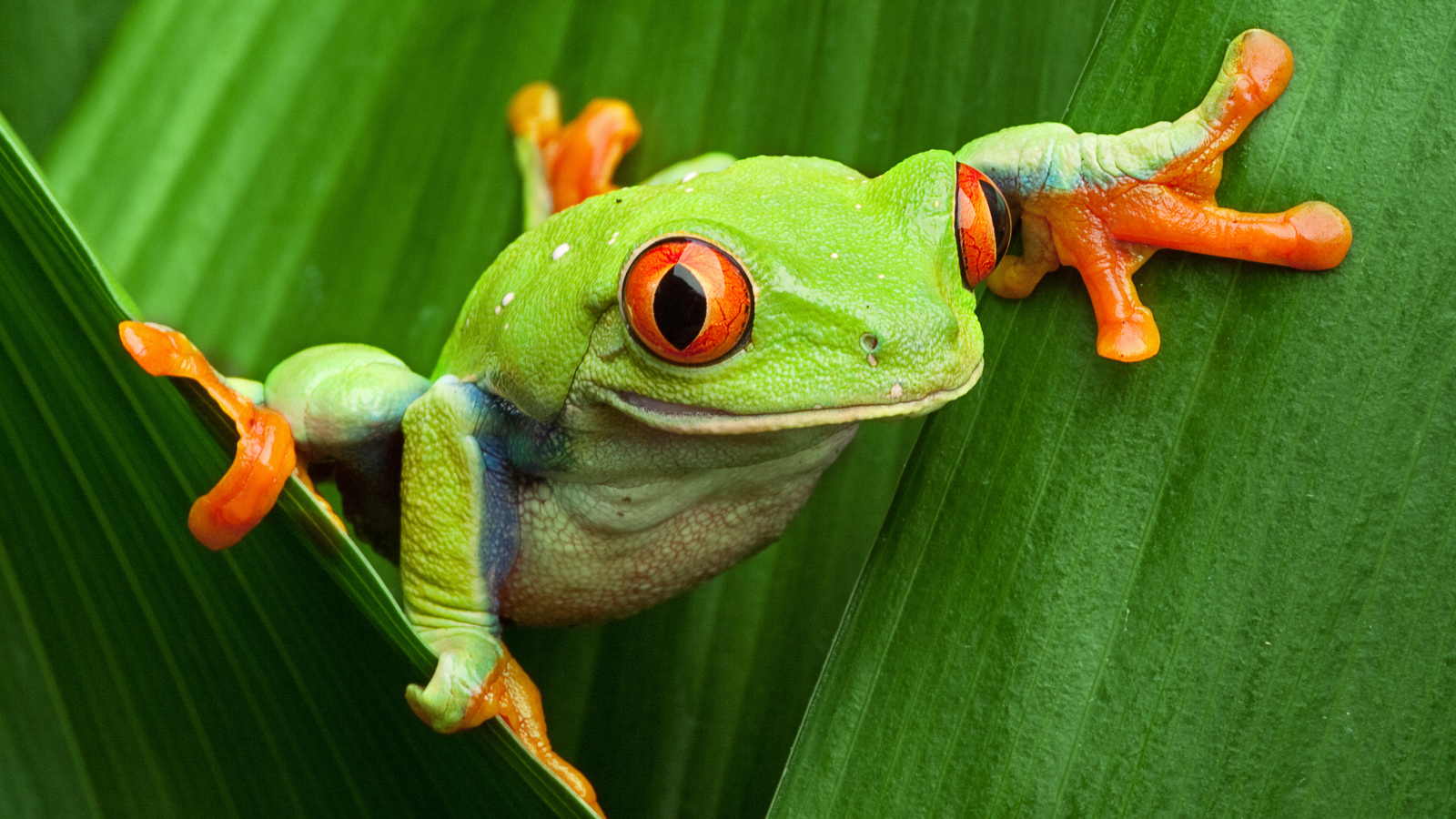
What kind of Oacians animals?
They are the kind of animals that like to live on cool, wet surfaces. They also like to live in places where you can easily touch their skin and bodies. There are scales on some parts of some animals’ bodies.
What kind of skin do they have?
They’re like different kinds of people with different skin tones. Also, they have the perfect skin colour and will blend in well, covering everything from light blues to dark purples to ocean greens. They have their own ways of making a living and their own space. They also have their own areas in the sea and oceans. But it is easy to find them in other large rivers or seas.
What is their surrounding?
These animals and creatures like to live in the wild, and they should have at least 100 feet of uncontrolled water in the sea or Ocean. They have a city that is their capital, and most people call it Cryth-pool. And these are mostly spread out over a large area on the ocean floor and under the sea. Even though they have the same parts of it, they are at different depths in the seas and oceans. They can live and get along better with each other on a small island near the water, where there is a land-based exchange and entrance system.
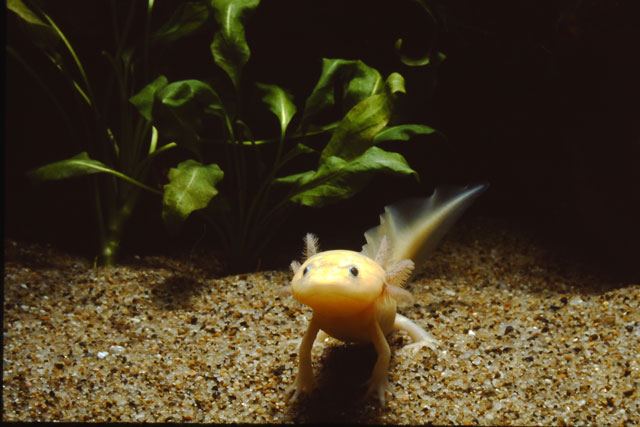
How many Oacians be known today?
It is estimated that there are around 5,500 different species of Oacian, which may be broken down into three primary categories: salamanders and newts, caecilians, and frogs and toads. The Chinese giant salamander is the world’s biggest Oacian, measuring about 6 feet (1.8 meters) in length and weighing 140 pounds (63 kilograms), while the gold frog measures only 0.39 inches (1 centimetre) in length.
Scientifically Oacians are broken down into the following classification or groups:
- We count 6,027 species of frogs and toads (Anurans) among 53 different families.
- Salamanders (Class Caudata): 639, spanning 10 families.
- A total of 191 species in the caecilian order Gymnophiona may be broken into ten distinct families.
What are the good qualities?
There is no doubt that these species are important for the ecosystem; hence they have their own good characteristics and qualities. Some of them are the following:
- They don’t like lingering in one place for too long, so instead they dip in and out of the deep sea occasionally.
- They have their own kingdoms and requirements; therefore, they are unlikely to accept any Oacians that is not part of their race as companions.
- To the Ocean, cleanliness is of the utmost importance, especially regarding eating. Most of their time is devoted to keeping their environment tidy. They, like the Valkyries, place a premium on order and cleanliness.
- There are no political disputes involving them in the marine environment.
- Water pollution, rising temperatures, and other problems have all contributed to a precipitous decline in their number.
For what their soft, moist skin is for?
The majority of amphibians have skin that is delicate and wet, and it is protected by a slick mucus production. They also have the propensity to reside in damp environments or in close proximity to water in order to prevent their bodies from drying out. Many adult frogs have poison-producing glands on their skin, which makes them taste unpleasant to predators and may even poison a predator if it bites or eats them. This protects the amphibians from being eaten by predators. Some of these amphibians, such as poisoned frogs, have brilliant colours to serve as a warning to predators: If you eat me, you will regret it!
Effect of climate change on them
Climate change can change the way Oacian lives in three ways: by pushing them to move to new areas that are better for them, forcing them to adapt to new weather conditions, or making them go extinct. But little is known about the biological and geographical factors that cause these different responses. Here, we looked at how ecological and biogeographic factors affect how amphibians react to changes in climate. We did a systematic review to find studies on how future climate change would affect the distribution of amphibians.
Our results show that species living above 515 m will lose a big chunk of the climate-suitable area where they live. We also found that as isothermality goes up, so does the amount of land that can be used to adapt to climate change. Another important thing that was found was that as the size of the baseline area grows, more climate-friendly areas must be lost. On the other hand, Oacian that live in very small areas tends to keep living where the climate is good for them now. Also, our results show that Oacians that live in dry places tend to move to larger areas as a result of climate change. This can be explained by the fact that these habitats tend to have extreme seasonal climates with clear periods of drought and rain.
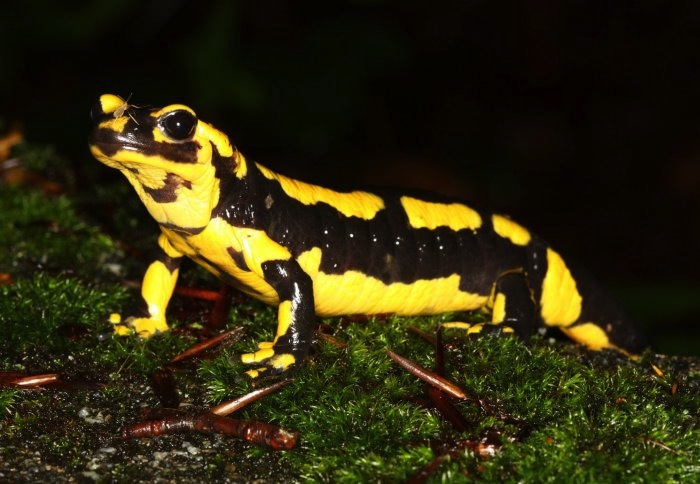
Who holds power over the Oacian species?
They are the kind of animals that don’t give up and always do what they say. Because these animals are average. Even so, they love their marine Queen.
And she has a tight grip on these different kinds of animals. She has the law statement on purpose and is pulling away. Because of her question in the other four situations, her skin is different from the rest of the world.
Its political spheres:
She is considered a dictator in a variety of worlds due to the powerful sort of political conduct that she engages in. However, she has relatives who have brought to light violations of regulations, such as the one in a particular region and location that legitimately concentrates on the seas. They are one of them, which makes them their one and only legitimate ruler. In a different scenario, the Oacian are well-known to the public and regard her to be their one and only authentic and great example.
As time goes on, they become like people who live, they become capable of navigating any circumstance, and she achieves success in achieving any goal. And that is what is typically expected to occur and what is carried out in each and every maritime circumstance.
Various racial traits and habits:
The Oacian are known to be tough and friendly and open to collaborating with a wide variety of marine and terrestrial animal species. In addition, they value the resilience of the communities and locales in which they operate. They are pretending to be someone else and are incredibly egotistical and sycophantic toward their ruler. In addition, they have self-images of the sea and the land. In addition, they have enormous and are able to gaze at this area, which allows them to dwell out readily and prevents them from being held back by the expansiveness of their weakness. They behave differently from other animals and aim to increase the number of individuals in their population regardless of the setting or the circumstances.
What is their natural environment?
The natural environment is ideal for the survival of these animals. It is necessary to satiate certain ecological requirements for their continued existence. They have to be able to dive to a depth of thirty meters (one hundred feet) in the Ocean or sea. These species may be found in the areas of the oceans and seas that are the deepest as well as the shallowest.
They use a connected island that serves as their ground exchange facility. The island is located in a body of water. Cryth-pool, which is more commonly referred to as Cry-pool, is the name of their capital city. Although it is said to be situated on the ocean bottom, different parts of it may be found at a variety of depths of water, ranging from shallow to extremely deep.
What are the Oacian periods?
During the Oacian Period, the Earth was characterized by the existence of magma oceans. In those days, the rotational speed of the Earth was far higher than it is now, and the viscosity of the magma was significantly lower than it is now.
It was hypothesized that the redox condition of the magma ocean might affect the degree to which elements could dissolve. Its reduced state equated to 0.25 weight per cent of the mantle, whereas its oxidized state related to 0.58 weight per cent of the mantle’s bulk.
At depths of around 100 meters, the magma ocean had a rugged appearance. This occurred as a result of a massive impact on Earth that was comparable in magnitude to that of Mars and generated a sufficient amount of energy to melt the mantle. It was thought that the tremendous impact was also responsible for the formation of the moon. This catastrophe set the stage for Earth to develop into a tectonically active planet capable of supporting life.
According to the usual idea, the magma ocean crystallized in the opposite direction, from the bottom up. Having said that, it is conceivable that the procedure was carried out differently. As an illustration, the first atmosphere was made up of silicates that had been turned into vapour. After then, the magma ocean will start to degas, which will result in bubbles rising to the surface. After then, these bubbles will pop, which will result in the formation of a dense atmosphere. The length of time it takes to cool off is increased by millions of years if the atmosphere is very thick.
Balen whales also get big and evolute themselves during this Period.
The emergence of huge baleen whales is a reflection of the changing climate, which amplified the upwelling of ocean nutrients, which in turn led to the creation of large baleen whales. The severe upwelling that was caused by the wind pushed surface waters away from the coast and pulled in water that was cold and rich in nutrients. Plankton blooms are made more likely as a result of this process. The powerful upwelling contributed to the creation of circumstances that were favourable for the concentration of prey. The fast expansion of baleen whales can be attributed to the abundance of food that was given by these patches.
Sometime between 3.5 million and a few hundred thousand years ago, it is thought that whales began to grow to their current size. This demonstrates that Cope’s rule, which asserts that throughout time, Oacians have a tendency to become larger, is accurate. However, the findings of Pyenson’s research indicate that baleen whales were, on average, far smaller over most of their evolutionary history.
The diets of baleen whales shifted throughout the Oacian Period, which is why scientists believe that’s when they reached their greatest size. Prior to the Great Flood, the food supply of the Ocean was evenly dispersed throughout its whole, but, beginning three million years ago, nutrients began to become concentrated near the coastlines. Large swaths of the open Ocean turned into what are essentially deserts for marine life. It is probable that the slow cooling of the Earth’s surface and the melting of the ice at the northern pole are to blame for this shift in the availability of food. Because the ice was melting, nutrients were being returned to the seas.
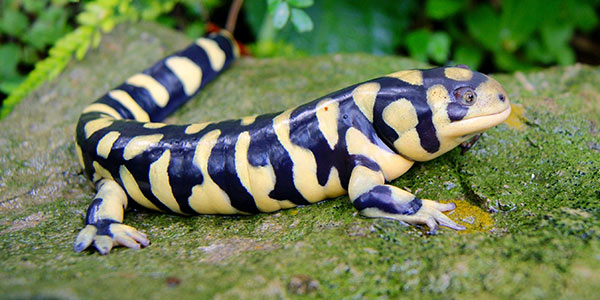
FAQS
What do reptiles and amphibians do?
Frogs, salamanders, newts, and toads are all examples of Oacian. The life cycles of most Oacians are rather complicated, consisting of both times spent on land and in water. Their absence of scales is due to the fact that their skin must maintain its moisture in order to take in oxygen. The term “reptile” refers to animals such as turtles, snakes, lizards, crocodiles, and alligators. Reptiles, in contrast to amphibians, breathe only through their lungs and have scaled. Dry skin that protects them from being dehydrated.
Herpetofauna, or “herps” for short, is the collective term used to refer to amphibians and reptiles. Because they lack a temperature regulation system in their bodies, herps are referred to be “cold-blooded.” Instead, they have to learn to control their body temperature through their interactions with their surroundings. For instance, a turtle will warm itself by lying in the sun, while a lizard will control its body temperature by “shuttling”. Going in and out of the shelter to maintain a constant temperature.
Why should we care about Oacian?
Reptiles and Oacians are very important to the ecosystems where they live. Some of them, like snakes that eat mice and other rodents, keep the number of their prey in check. Other herps, like frogs, are the prey. Many species of birds, fish, mammals, and reptiles eat frogs.
Herps are also good indicators of how healthy the environment is. Pollution is especially bad for Oacians because their skin is porous and lets toxins in easily. Because many reptile species live for a long time and move slowly, they have to deal with problems like habitat loss or pollution for a long time. A variety of Oacians and reptiles in an area shows that it is healthy and has the plants and animals that herps need for food and shelter.
At the Center for Biological Diversity, Oacians, reptiles, and all species, big and small, should be protected for their own sake because these amazing creatures help make the world a great place for all of us to live.
Is Oacians at their extinction?
Yes, the Oacians and reptiles of the world are being attacked in a way that has never been seen before. Tens of thousands of years’ worth of extinctions are happening in just a century. Scientists have also seen these worrying trends in the United States, where about 20% of Oacians species and 10% of reptile species are in danger of going extinct. Loss of habitat is the most obvious cause of endangerment, but threats like disease, UV radiation, and climate change are also causing declines. Oacians and reptiles are also hurt by uncontrolled hunting and too much collecting.
Did all the oacians are poisoned?
Not all Oacians are toxic; only some kinds. They are typically brightly coloured to scare off potential predators. Most Oacians produce toxins via their skin that makes them unpleasant to eat or handle. Some of these fluids are slippery, while others are sticky and unpleasant.
When does Oacians mostly appear?
Many Oacians species are indeed nocturnal, yet others are active throughout the day. The nighttime is the most active time for Oacians since they are less likely to be seen by predators. When the sun isn’t directly above, it’s also simpler to keep from overheating and drying out. Vividly coloured, poisonous Oacians tend to be most active during the day. Animals that are venomous yet have bright colours on their bodies are safe from predation. They stay moist by settling in areas the sun can’t reach, such as dense woodlands and vegetation.
What do they eat?
Oacians will eat just about any living thing that fits in their mouths. This includes bugs, slugs, snails, other frogs, spiders, worms, mice, and even birds and bats (if the frog is big enough and the bird or bat small enough). Some species only eat one type of food. For example, some small frogs only eat ants or termites. Some frogs and toads, like the cane toad, are so hungry that they will eat things that aren’t alive, like a dog or cat food. Aquatic Oacians eat bugs and other Oacians like tadpoles, fish, and small creatures that live in the water. Only one type of frog is a vegetarian. This is the Brazilian Tree frog, which eats only fruits and berries.
Conclusion
Oacian is the only known living organisms that are capable of surviving in both land and aquatic environments. They also follow many of the principles of survival in their day-to-day lives, which is why they are also crucial for our ecosystem for the betterment of the environment. Although these animals spend a significant portion of their lives living in the Ocean’s depths, they also spend a significant portion of their lives living on land.

